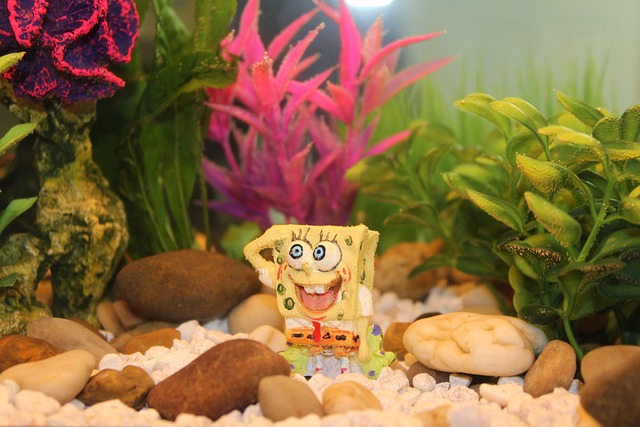The Do’s and Don’ts of Fish Tank Maintenance
Keeping a fish tank can be a wonderful hobby, providing a serene and calming environment for both you and your aquatic friends. However, maintaining the health and balance of the ecosystem within the tank requires regular attention and care. In this article, we will delve into the do’s and don’ts of fish tank maintenance, helping you to create a thriving and healthy aquarium.
Water Quality Monitoring
One of the most crucial aspects of fish tank maintenance is monitoring water quality. Regularly testing for pH, ammonia, nitrite, and nitrate levels will help you identify any potential issues before they become major problems. It’s recommended to test the water at least once a week, using a high-quality test kit specifically designed for aquarium use.
When performing water changes, it’s essential to do so gradually. Aim to remove no more than 10-15% of the tank’s water volume each time to avoid shocking the fish or disrupting the delicate balance of the ecosystem. Use a gravel vacuum to remove debris and waste from the substrate, taking care not to disturb the beneficial bacteria that live in the filter.
Water Changes
Regular water changes are vital for maintaining good water quality and preventing the buildup of toxins. Aim to perform water changes once or twice a week, depending on the size of your tank and the number of fish it contains. When performing a water change, make sure to rinse the gravel and decorations in a separate container before adding them back into the tank.
Use a high-quality water conditioner to remove chlorine, chloramines, and other impurities from tap water. This will help prevent stress on your fish and reduce the risk of disease. Be sure to rinse the filter thoroughly after each water change to ensure that no debris or waste remains in the system.
Filter Maintenance
The filter is a critical component of any aquarium, responsible for circulating water, removing waste, and maintaining oxygen levels. Regular maintenance of the filter is essential to ensure its effectiveness and longevity.
Check the filter regularly for signs of wear and tear, such as clogged media or dirty baskets. Clean the filter according to the manufacturer’s instructions, making sure to rinse it thoroughly before returning it to operation. Replace worn-out or damaged components promptly to prevent further damage to the tank.
Fish Care
Proper care and attention are essential for the health and well-being of your fish. Regularly inspect your fish for signs of stress, disease, or injury, taking action promptly if you notice any issues.
Provide a balanced diet that meets the nutritional needs of your fish. Avoid overfeeding, as this can lead to water quality issues and waste buildup in the tank. Make sure to feed your fish at regular intervals, taking care not to overcrowd the tank with too many fish.
Decorations and Plants
Decorations and plants play a vital role in creating a thriving aquarium ecosystem. Regular maintenance of these elements is essential to ensure their health and longevity.
Clean decorations regularly by gently scrubbing them with a soft-bristled brush or replacing them as needed. Trim back overgrown plants to maintain their shape and promote healthy growth.
Quarantine Tanks
Quarantine tanks are essential for isolating new fish, treating diseases, or reintroducing fish after a treatment period. Regular maintenance of quarantine tanks is crucial to ensure the health and safety of both humans and aquatic life.
Cycle the quarantine tank by adding beneficial bacteria through a bacterial supplement or by using an established tank as a source of bacteria. Monitor water quality closely, performing regular water changes and testing for toxins.
Regular Maintenance Schedule
A well-maintained aquarium requires regular upkeep to ensure its continued health and balance. Create a schedule that works for you, breaking down tasks into manageable chunks and assigning specific days or times for each activity.
Set aside time each week to perform routine maintenance tasks, such as water changes, filter cleaning, and fish care. Take breaks from the tank periodically to inspect the aquarium, monitoring water quality and making adjustments as needed.
Conclusion
Maintaining a healthy and thriving aquarium requires dedication and attention to detail. By following these do’s and don’ts of fish tank maintenance, you can create an environment that supports the well-being of both your aquatic friends and yourself. Remember to always be patient, observant, and proactive in caring for your aquarium.
By following these simple steps, you’ll be well on your way to creating a stunning and thriving aquarium that brings joy and relaxation to your life.
Tags:
Fish Tank Maintenance
Aquarium Care
Water Quality Monitoring
Quarantine Tanks
Regular Maintenance Schedule

